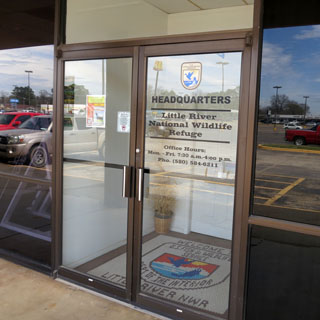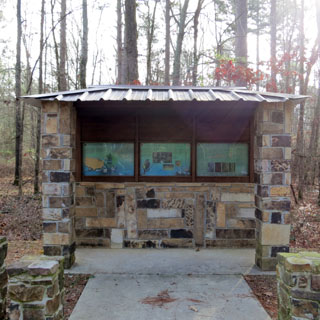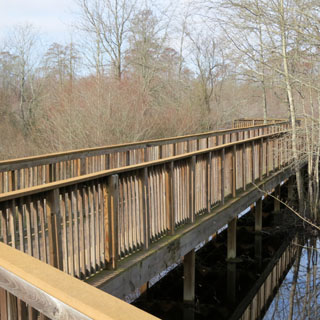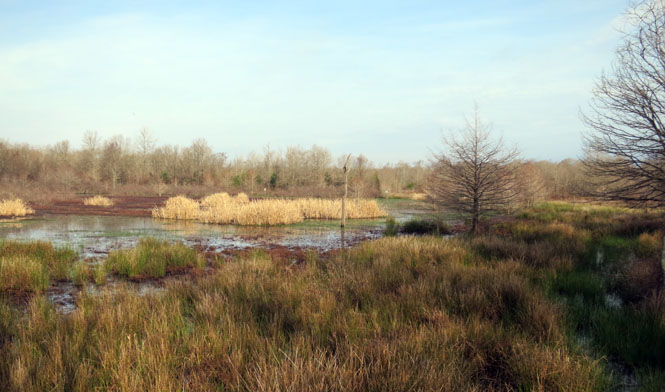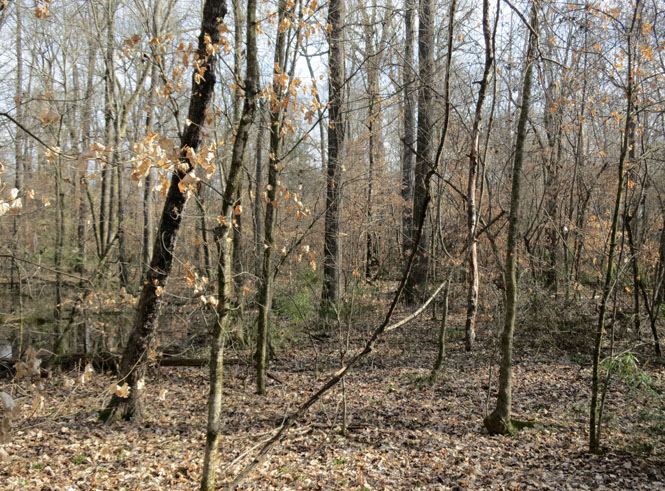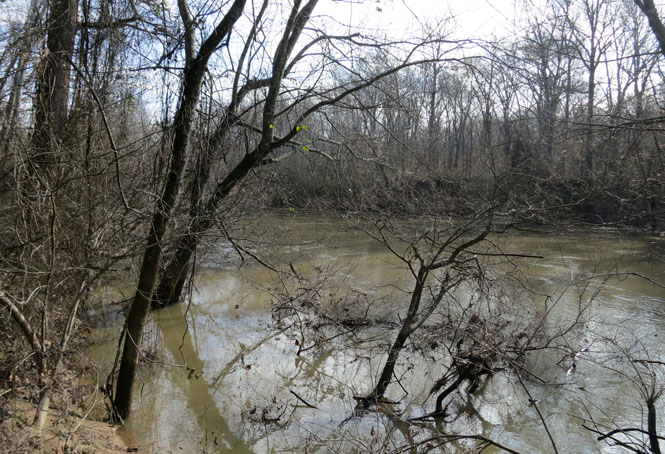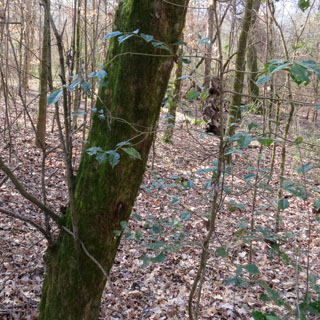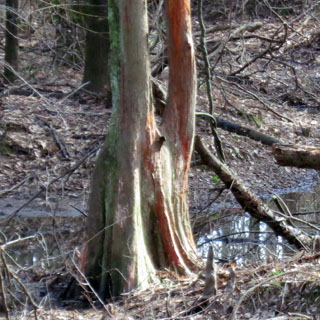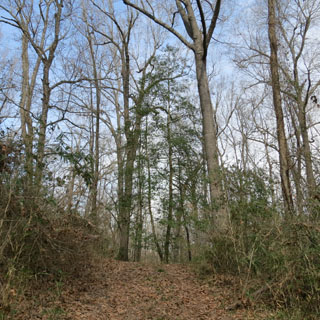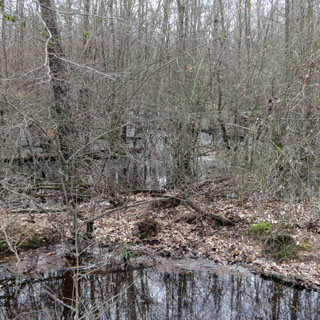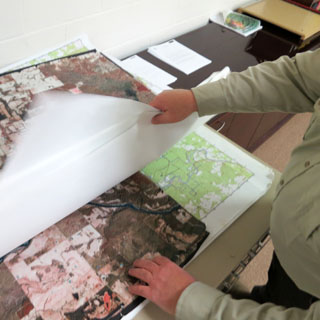March 17, 2015

 Oklahoma
Oklahoma
The Little River National Wildlife Refuge is in the far southeast corner of the State, between Broken Bow and Idabel along the Little River.
 Little River National
Wildlife Refuge
Little River National
Wildlife Refuge
The refuge’s primary purpose is to preserve the
bottomland hardwood forests for migratory waterfowl on the Central Flyway.
It was established in 1987 and protects one of the largest remaining
bottomland hardwood forests found in Oklahoma.
The refuge is
characterized by low, wet habitat with old oxbow lakes and sloughs that wind
their way throughout the bottomland habitat. Most of the Little River
National Wildlife Refuge is forested with bottomland species such as willow
oak, sweetgum, cypress, white oak, and holly. Some areas on higher ground
support species such as loblolly pine, hickory, and walnut.
The
refuge is one of only a few known nesting locations in Oklahoma for the rare
Swainson’s warbler, a secretive songbird that winters in the Caribbean.
Flycatchers, swallows, vireos, and at least 31 species of warblers are all
neotropical migrants that can be observed on the refuge. Each winter, the
refuge also hosts a few bald eagles that can be seen roosting in tall trees
and preying on waterfowl and fish. Resident wild turkey may be seen pecking
for acorns among the leaves or glimpse a Mississippi kite soaring fast above
you.
As you make your way through the refuge, pay close attention
and you may see an alligator floating in the still waters of the wetland
swamps. The refuge is located within the northwest expansion of this
prehistoric reptile's range.
--NWR web
site
I doubt that this is ever a busy place. The roads to the refuge are not good, and the roads within the refuge are not even as good as those.
There are five units along the river that generally are not connected with roads--you'll need to drive out of one in order to find the road that enters the next one. That might explain why there really isn't any sort of a main entrance.

Unit #2 does have this information stand, so that might suffice.

Along this one-way road is the Duck Roost boardwalk that takes you partway to a larger pond. The place was noisy with birds and other wildlife.
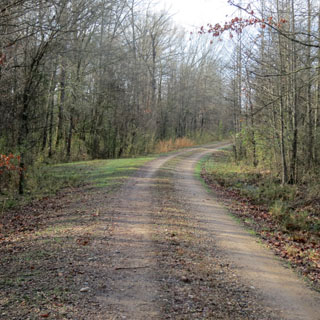
You don't need to walk far from the roadway to find yourself on the outskirts of another swamp. Through the years, the Little River has swept back and forth across these lowlands leaving many horseshoe lakes behind.

The Little River flows surprisingly fast.

These are not the types of trees that you'd expect to find in Oklahoma. I kept an eye out for alligators, but saw none. Perhaps they saw me?
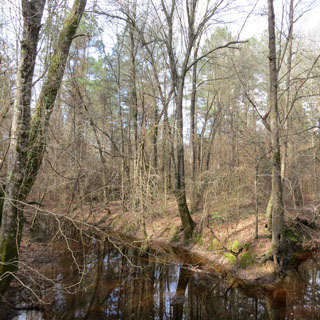
In places, the roadbed had to be filled to keep the surface above the water.
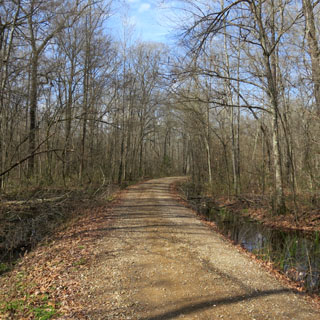

That's more than just a puddle in the road. I didn't try to ford it.
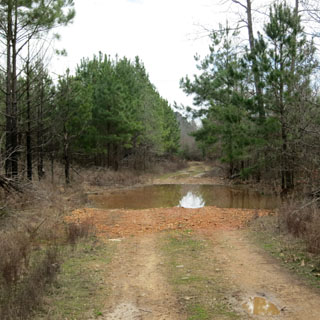

The headquarters of the refuge is in a strip-mall in Broken Bow--just a few miles to the north. The ranger is showing me some of their aerial maps, which really highlight the past changes in the river bed.
